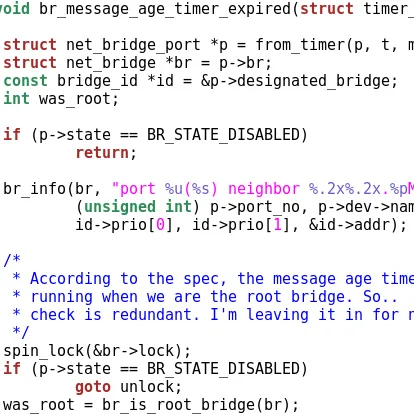We're Now Up To OpenGL 4.1; Brings New Features

New features introduced in OpenGL 4.1 include full compatibility with OpenGL ES 2.0 APIs, the ability to query and load a binary for shader program objects (to cut down on re-compilation time), the capability to bind programs individually to programmable stages, 64-bit floating-point component vertex shader inputs, and multiple view-ports for a rendering surface.
The full compatibility with OpenGL ES 2.0 makes it easier to now port OpenGL games/applications between mobile and desktop platforms and now makes sense why today AMD had rolled out OpenGL ES 2.0 support on Windows with their Catalyst 10.7 driver update. This also means that once the Catalyst Linux driver picks up OpenGL 4.1 support there will be OpenGL ES 2.0 love on Linux for the Radeon HD 5000 series graphics cards.
New ARB extensions approved in OpenGL 4.1 include support for OpenGL sync objects linked to OpenCL event objects, the ability to set stencil values in a fragment shader, improved robustness for WebGL applications, and callback mechanisms. Khronos has also released new OpenGL 3 extensions today for trying to bring back as much functionality as possible for previous-generation hardware.
The Khronos Group press release announcing the OpenGL 4.1 specification can be found at Khronos.org.
The proprietary drivers from AMD and NVIDIA should pick-up support for OpenGL 4.1 in the near future. While it's great to see OpenGL advance so rapidly, this puts the open-source Linux graphics stack yet another step behind. The Mesa developers are still working towards OpenGL 3.0 support along with the OpenGL 3.1, 3.2, and 3.3 updates. OpenGL 4.0 support hasn't even yet been touched for these open-source graphics drivers and we would be surprised if anything comes along for providing any modest level of OpenGL 4.0/4.1 support within Mesa/Gallium3D in 2010 or the first half of 2011. The OpenCL support within the open-source world is also still very immature.
36 Comments

